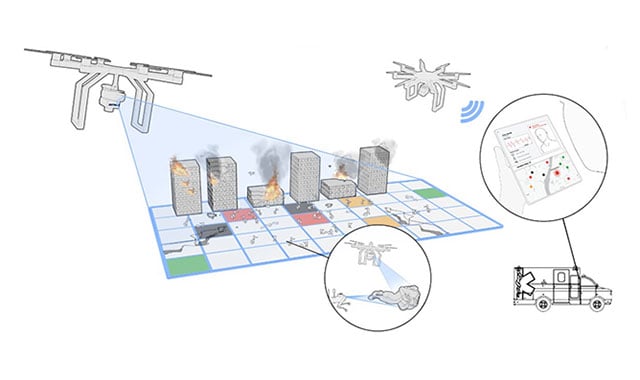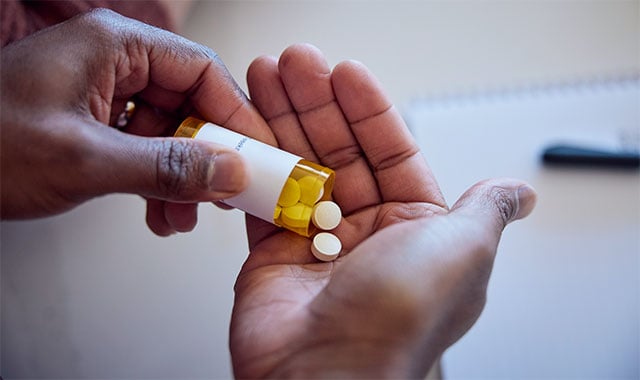The Impact of PFAS Regulations on the Medical Device Industry

In recent years, the medical device industry has found itself at the crossroads of innovation and regulation, particularly with the increasing scrutiny over the use of per- and polyfluoroalkyl substances (PFAS)
Known for their chemical resistance, heat resistance, durability, lubricity, and biocompatibility, PFAS have been integral in manufacturing various products including medical devices. However, their persistence in the environment and potential health risks have led to sweeping regulatory actions globally that are starting to reshape some industries.
In this article, we’ll explore the impact of these regulations on the medical device industry and share what we’ve learned to offer strategic insights to adapt to this evolving landscape.
Understanding the Regulatory Trends
PFAS regulation in the US started to gain momentum in 2016, and by 2024 more than two dozen states have now established regulations. PFAS regulations were focused initially on water and were specifically responding to releases in the environment and impacts to drinking water.
In the United States, the Environmental Protection Agency (EPA) has been actively working on its “PFAS Strategic Road Map” first released in 2021, which includes restricting PFAS from entering the environment, remediating PFAS contaminating environments, and research to better under analytical methods, human and ecological risk, as well as treatment technologies. The Road Map touches on actions from five different federal offices and includes 6 cross-program actions that span development of drinking water criteria, establishing hazardous substance designations, and monitoring and reporting use. To date, the EPA has focused on only a specific handful of thousands of PFAS analytes.
In February 2023, the European Union (EU) proposed Registration, Evaluation, Authorization and Restriction of Chemicals (REACH) regulations imposing bans on the family of PFAS, including more than 10,000 specific PFAS in use across a multitude of sectors. Certain PFAS have already been restricted in the EU, some dating back more than 10 years, under the EU’s Persistent Organic Pollutants (POPs) Regulation.
Historically, these regulations have focused more broadly on environmental and consumer products, with less specific attention to medical devices. However, as awareness of the potential risks associated with PFAS has grown, regulatory scrutiny has begun to extend to all industries, including medical devices.
New record keeping and recording requirements from the Toxic Substances Control Act (TSCA) now stipulate that manufacturers or importers of PFAS-containing compounds of products submit a report to the EPA regarding uses, production volumes, disposal, and hazards.
Impact on the Medical Device Industry
As regulations progress, medical device companies could soon start to feel the impact. Manufacturers may be challenged with reformulating products to eliminate or reduce PFAS content without compromising performance or safety. Companies may be faced with increased costs associated with compliance, including testing, certification, and potential redesign of products. Finally, there may be reputational risk as consumers and healthcare providers become more aware of and concerned about PFAS.
Battelle’s team of experienced scientists and researchers have been studying PFAS for nearly two decades and has developed innovative solutions to advance the testing, analysis, and destruction of PFAS. They have compiled a list of strategies for medical device companies to consider in anticipation of industry-wide regulation.
Strategy 1: Proactive Product Assessment
Conducting thorough reviews of product lines and robust analytical testing to identify which devices contain PFAS and to what extent. This assessment will help prioritize which products may need redesign or replacement.
Strategy 2: Research and Development
Investing in R&D is crucial for developing PFAS-free or reduced-PFAS alternatives that maintain the high standards required for medical devices. Collaboration with material scientists and chemists can lead to innovative solutions.
Strategy 3: Supply Chain Transparency
Establishing a transparent supply chain can help ensure that all components comply with PFAS regulations. This may involve working closely with suppliers to verify the chemical composition of materials and to encourage the development of safer alternatives.
Strategy 4: Regulatory Engagement
Staying informed about regulatory changes and engaging with policymakers can help companies anticipate and influence the development of PFAS regulations that affect the medical device industry.
Strategy 5: Education and Communication
Educating stakeholders, including employees, customers, and end-users, about the changes and the reasons behind them can help manage expectations and maintain trust.
By understanding the regulatory landscape, investing in alternative materials, ensuring supply chain transparency, engaging with regulators, and communicating effectively with stakeholders, companies can comply with current regulations and position themselves as responsible leaders in the market.
It may seem like a daunting path forward, but with a proactive and strategic approach, the medical device industry can turn these regulatory hurdles into opportunities for innovation and growth.
At Battelle, we help our customers understand these regulations and address concerns across the product lifecycle, from analysis to action. Stay tuned for more from our experts as we continue to research and understand the evolving regulatory landscape and its impact on the medical device industry.
Connect with an expert today to create a customizable, scalable solution that meets your company’s needs.
Featured Expert

Shalene Thomas, R.E.P
Sr. Emerging Contaminants Program Manager
Shalene provides thought leadership, drives R&D and service offerings for Battelle’s growing PFAS and other potential emerging contaminant programs. She has more than 25 years of experience in environmental consulting that includes 15 years of experience providing PFAS strategic management services to government and commercial clients.
Sources:
Related Blogs
BATTELLE UPDATES
Receive updates from Battelle for an all-access pass to the incredible work of Battelle researchers.








